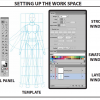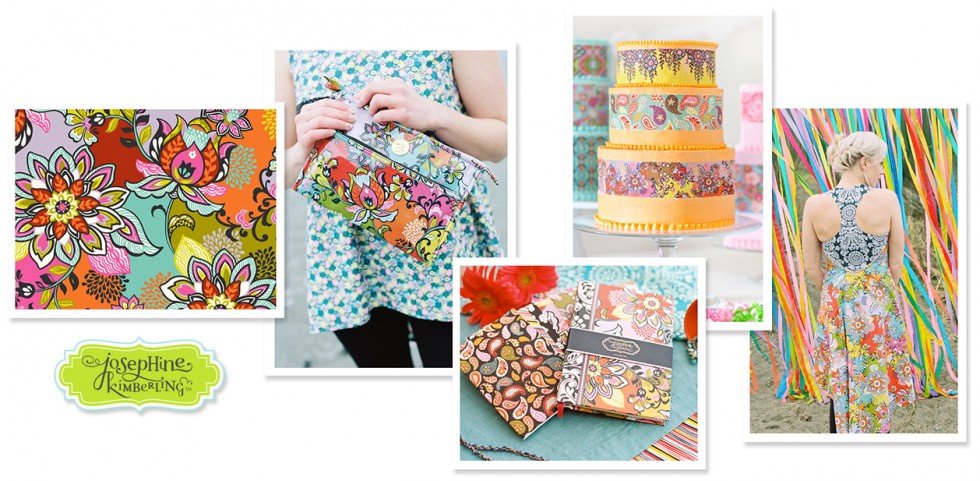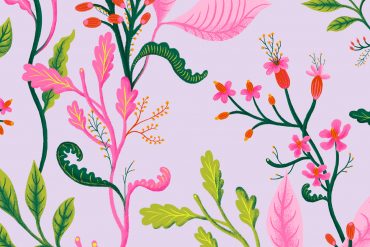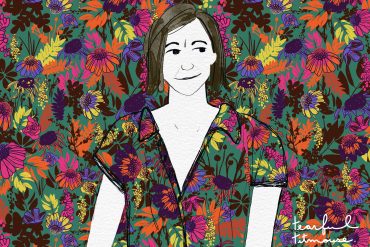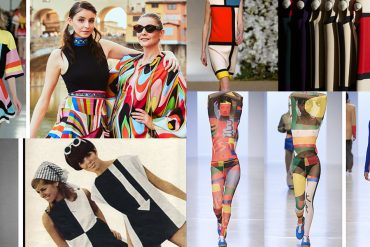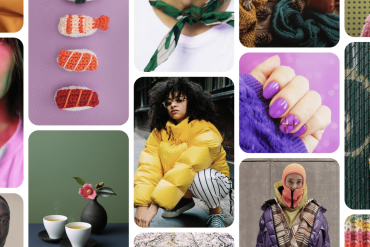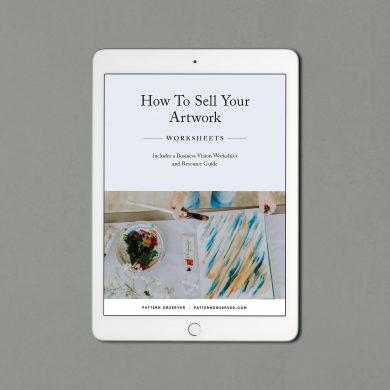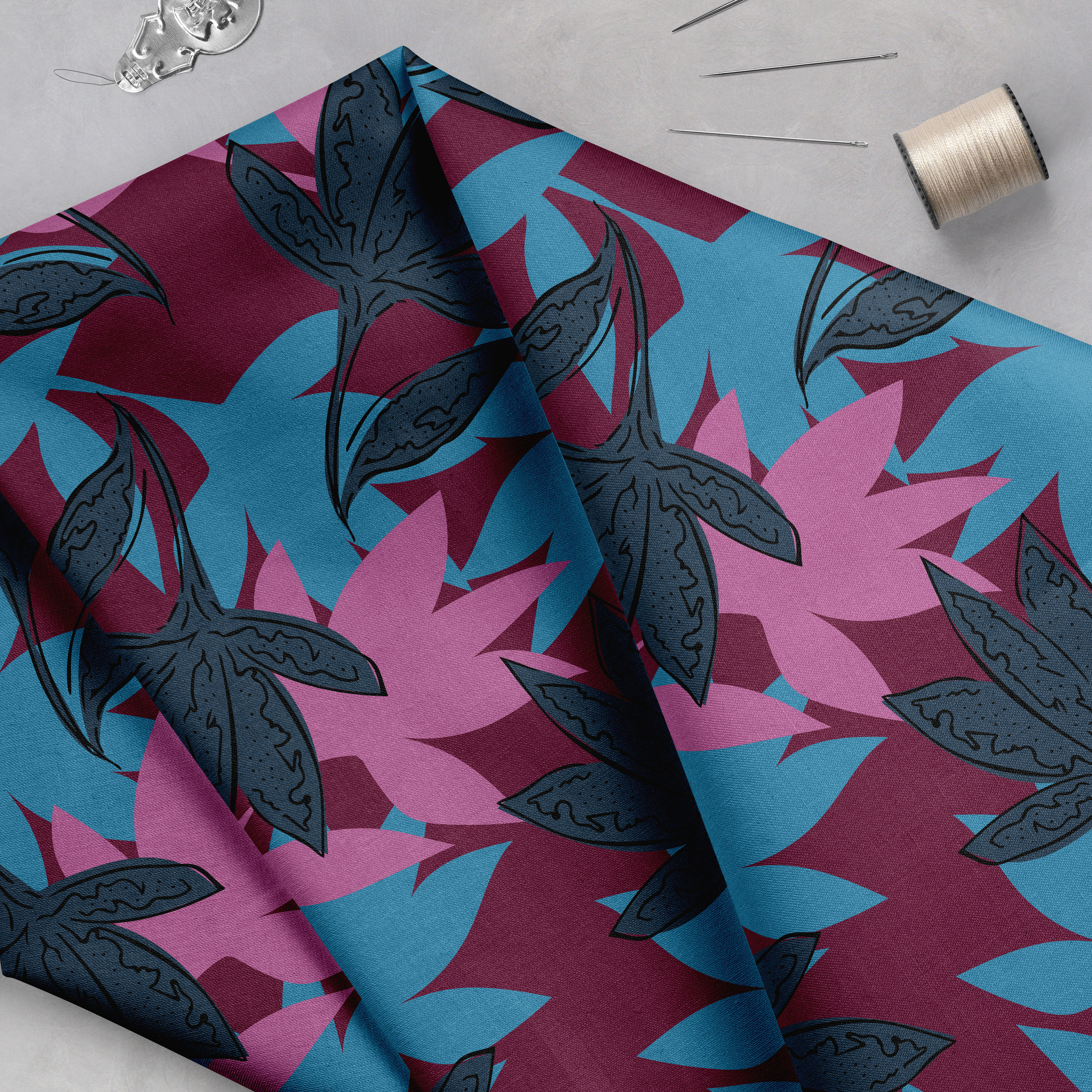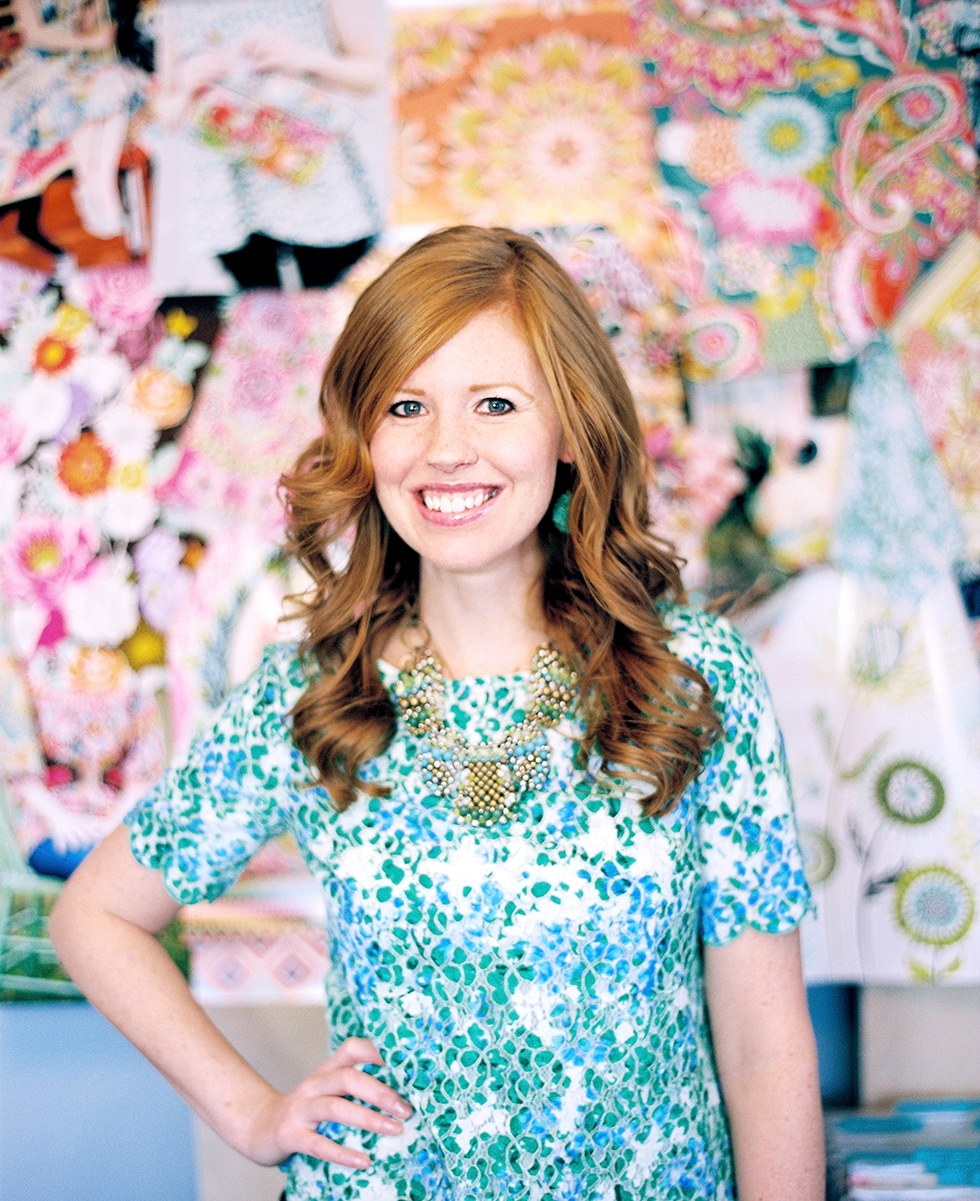
In today’s excerpt from her 22-page training PDF, Josephine discusses types of licensing, payment cycles, and product categories/markets that utilize licensed artwork. In the full version available in The Textile Design Lab Josephine also covers the types of prints you should include in a licensing portfolio, ways to seek out licensees, and a list of helpful resources including books, websites and consultants. We hope you enjoy this free excerpt!
Introduction
The topic of licensing is gaining momentum and awareness in the art world. Before you take the leap, my goal is to walk you through the basics of art licensing and share with you the inside scoop in an effort to help you make an informed decision on whether to pursue this path for your business.
I have found that the most successful artists in licensing have a specific look or style to their work, have a strong collection-based portfolio with a focused style, generate new artwork consistently, communicate professionally to manufacturers, can meet deadlines, and have enough of a left-brain to keep track of their art, read contracts, market themselves and get new business.
Licensing Basics
What is Licensing?
When you create artwork, you automatically own the copyright to your work. Licensing is when an artist chooses to allow a company use (license) their artwork to help sell their products for an agreed upon price, for specific products and for a specific amount of time. This agreement is made through a contract.
With licensing, the artist retains the copyright to their artwork, and can license that same piece of artwork to a variety of other companies for different products. For example: If you license your “Paisley” artwork to a company for them to create greeting cards, you can not license that same “Paisley” artwork to another company for greeting cards while the contract is still in effect. You can, however, license your “Paisley” artwork to a company who manufactures gift bags & gift wrap.
In licensing, you, the artist is called the “Licensor” and the company/manufacturer is called the “Licensee”.
On the left is my original artwork and to the right are 4 different products that my artwork was licensed for: stationery, handbags, cake & fabric.
Download your free excerpt of Josephine’s training here to continue reading about licensing basics. You can access the full 22-page training and all of our Textile Design Lab courses and members-only content by joining today.


